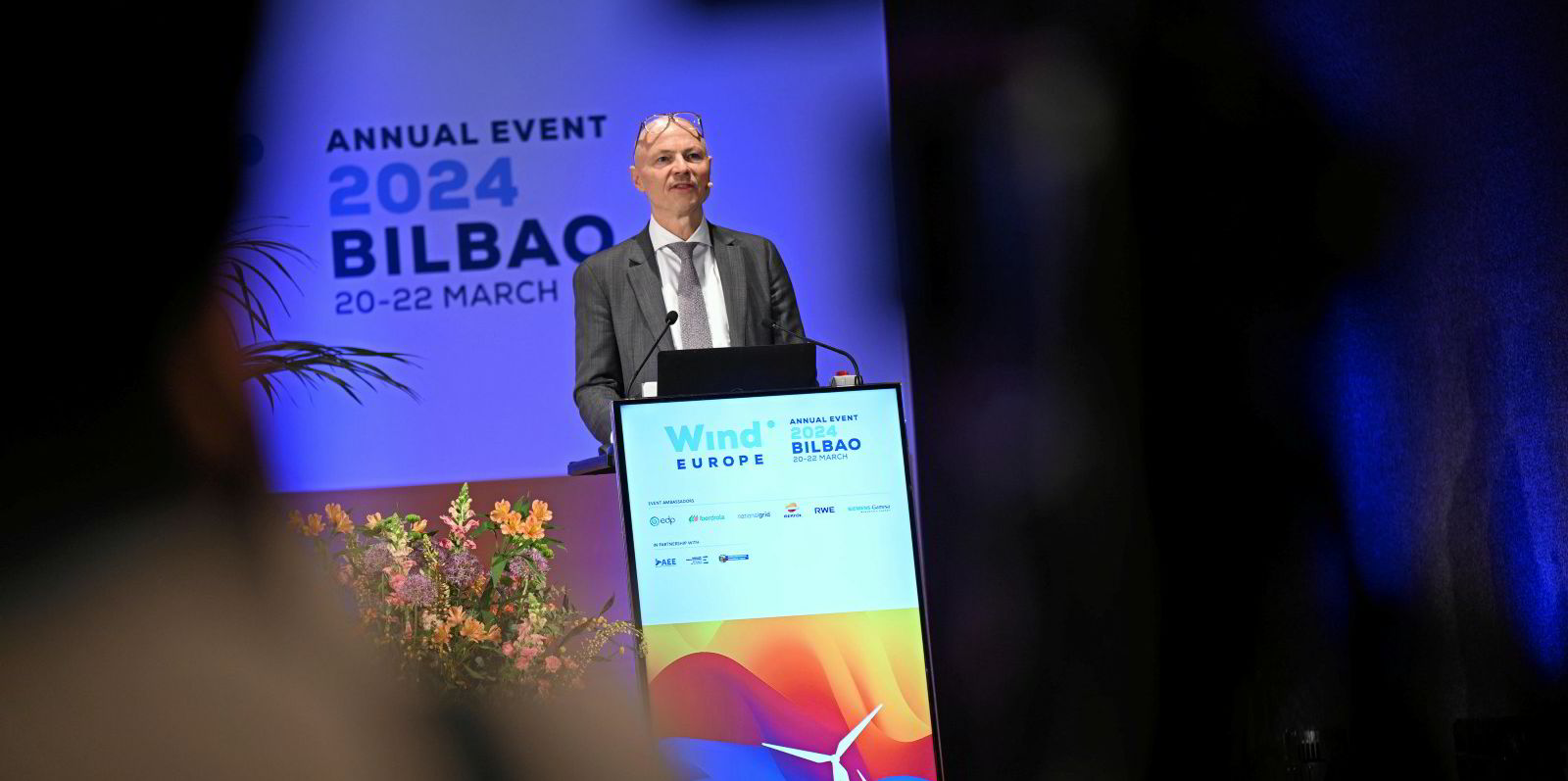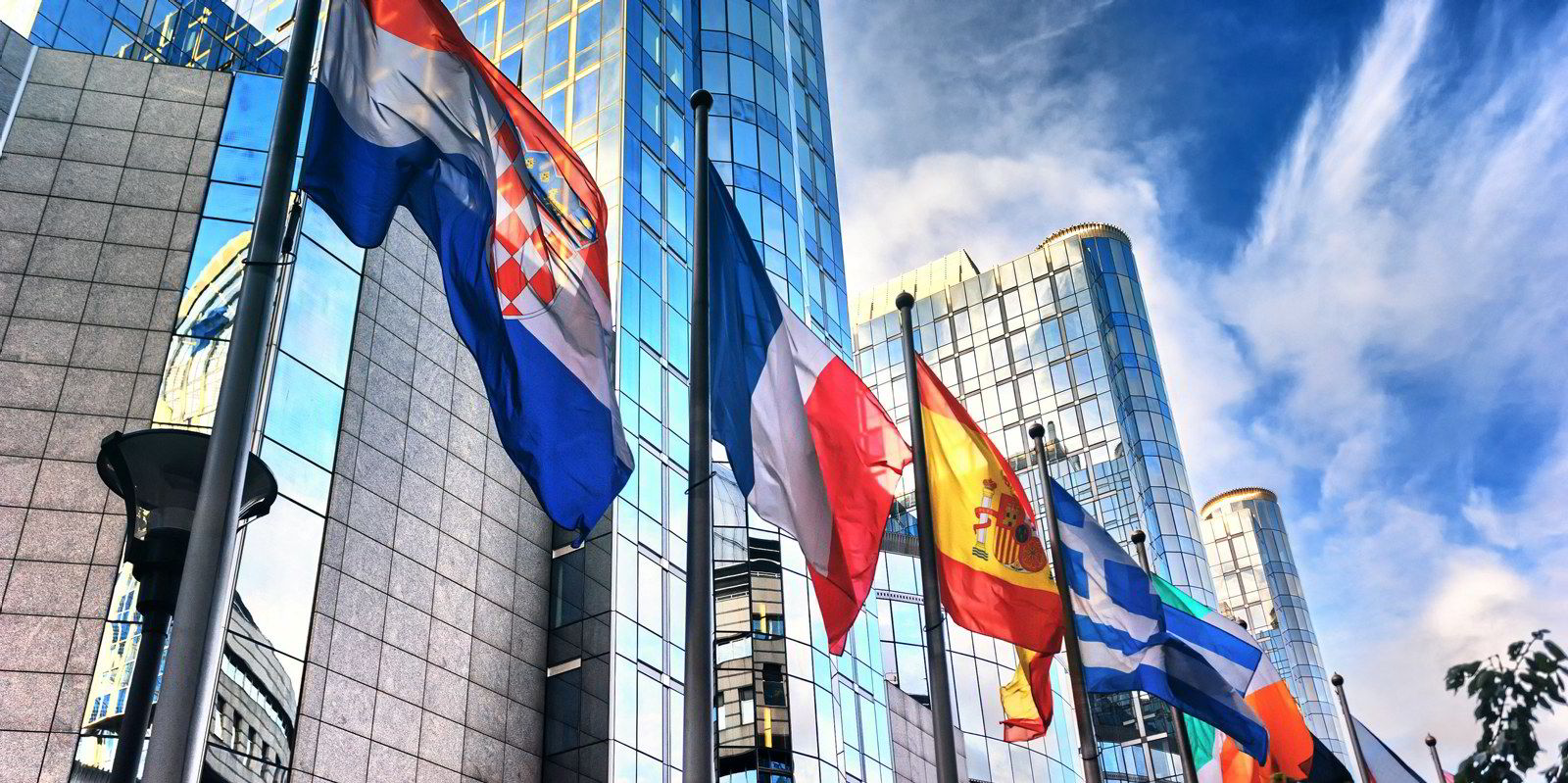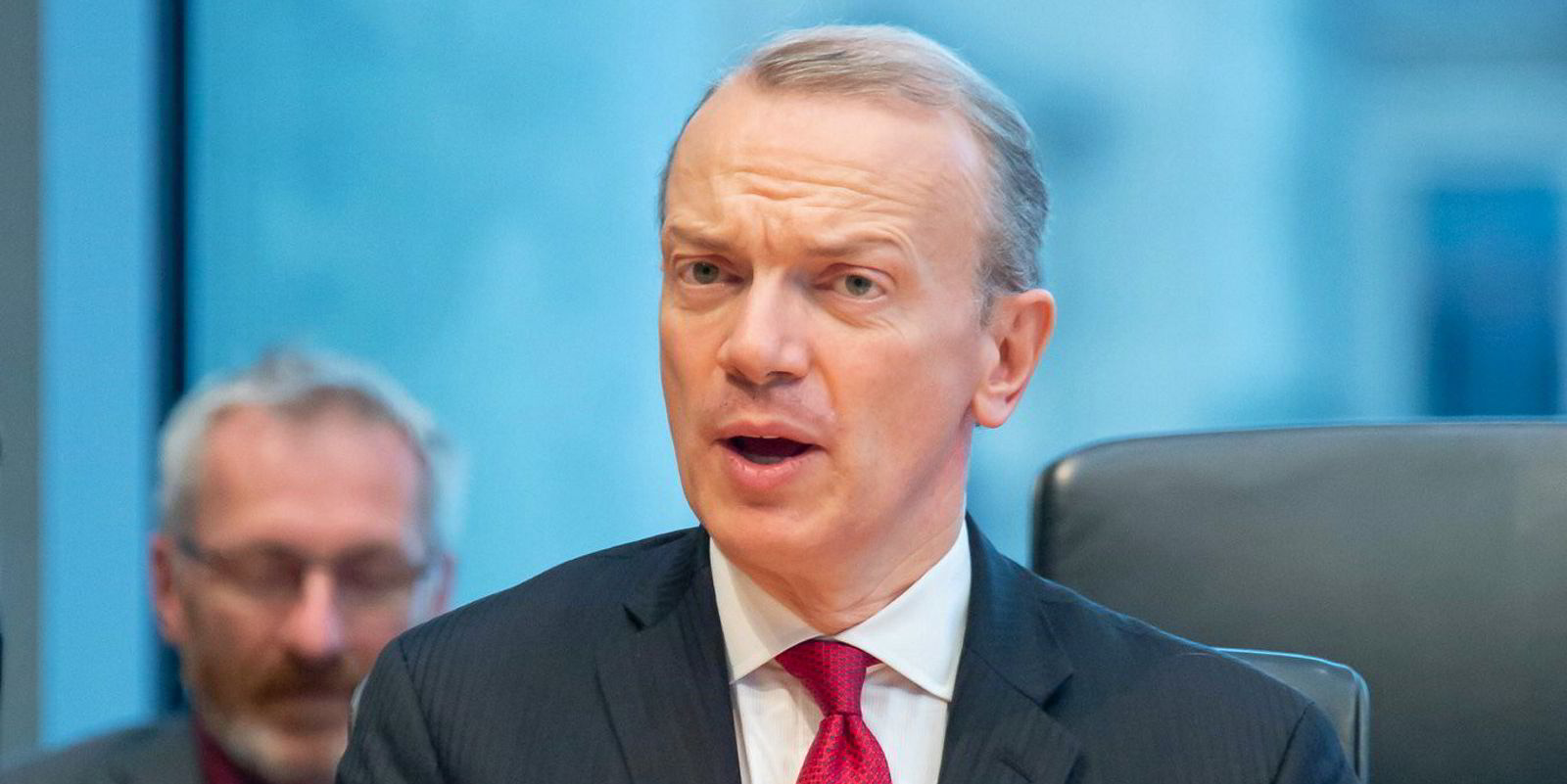Building the future interconnected energy grid that Europe needs to bring online more renewables will take coordinated action on international interconnectors and discussion of “who is going to pay,” says state secretary at Germany's climate and economics ministry.
“If we want to have the whole of Europe as a green powerhouse, which we all want to see, we need coordinated action,” said Philipp Nimmermann at the opening of the WindEurope conference in the Spanish city of Bilbao today.
When it comes to grids, “there’s no transition without transmission,” he said. And transmission is best done in a “coordinated way.”
“There are many things one needs to do to facilitate cooperation,” he said. “First of all talk to each other, that’s one important thing.”
“But the next thing is, talk about cost sharing,” he said. “That is really important.”
When it comes to discussions about how to build interconnectors between national grids and the wind and solar farms hooked up to them, this raises a question, he said: “Who is going to pay?”
“We need clearer rules on that,” he said, as well as clearer rules on how electricity prices will be calculated.
“This can only be done” if the EU and EU Commission “help us a bit,” he said.
When international projects need a “tiny bit of incentive to make it happen to fill the last gap, I think a bit of money from the European Union could help,” he said.
Coordination is also needed in building future green hydrogen grids, he said, "otherwise we cannot supply those grids efficiently.”
Nimmermann was speaking on a panel with several other European energy ministers and leaders in the European renewables sector on the opening panel of the WindEurope conference and exposition in Bilbao.



